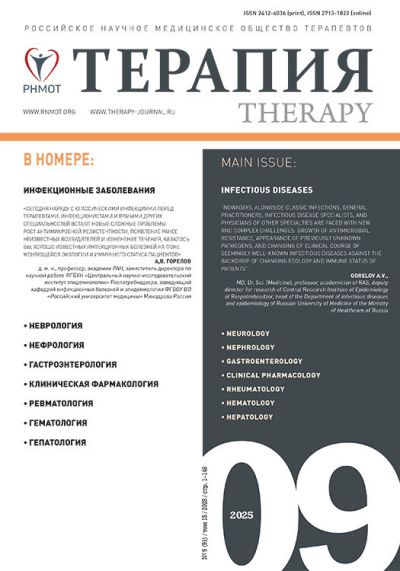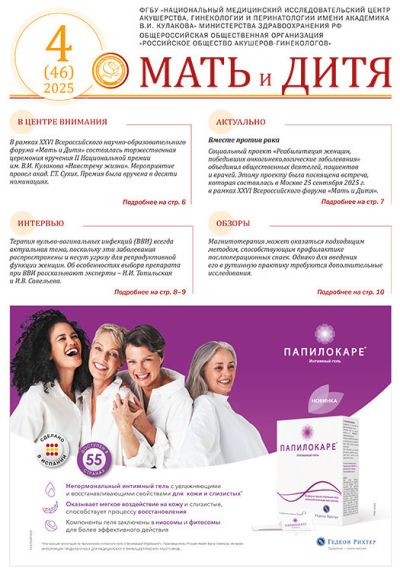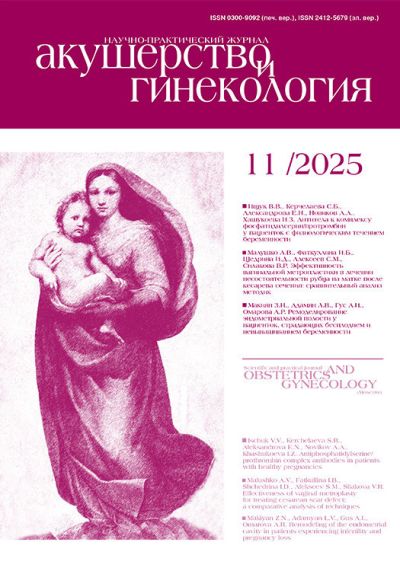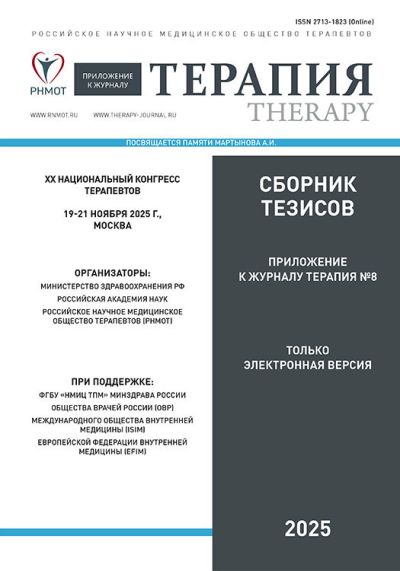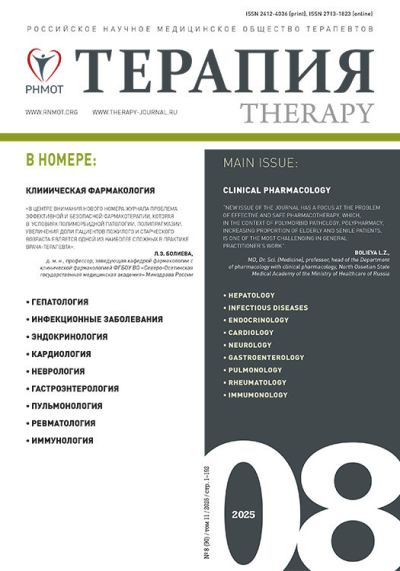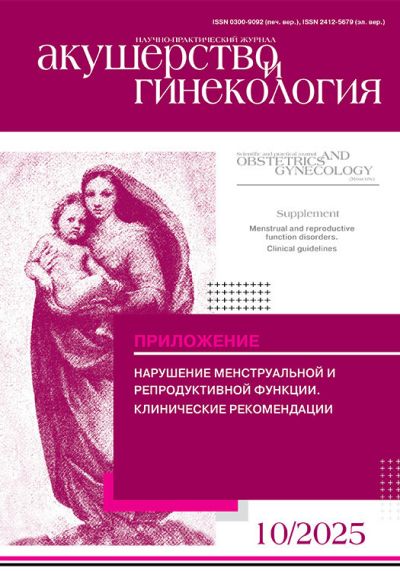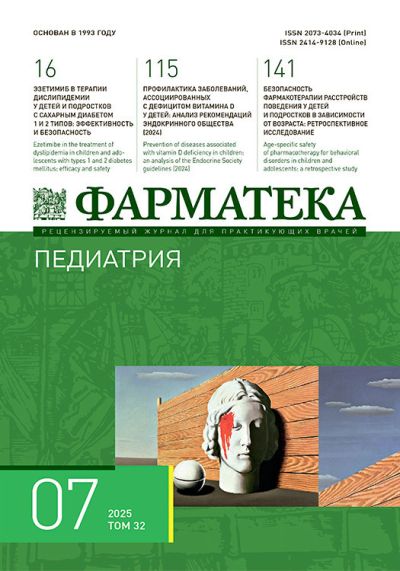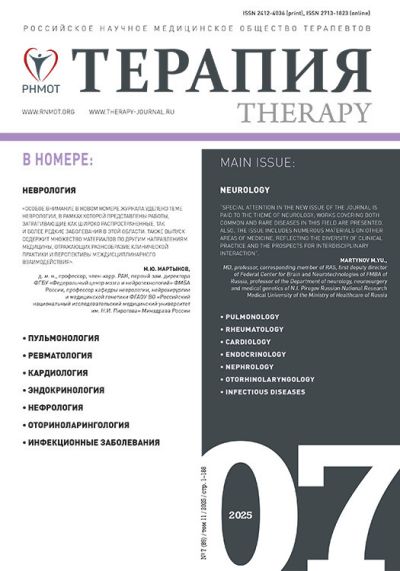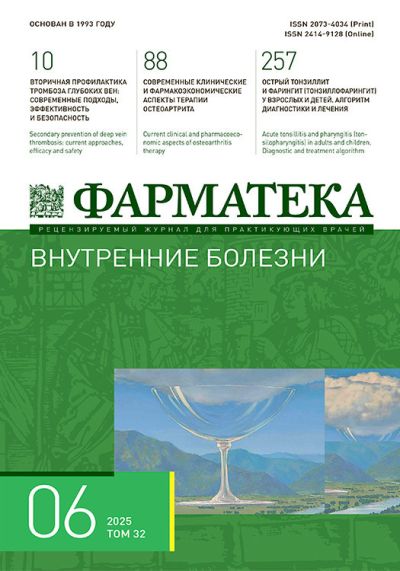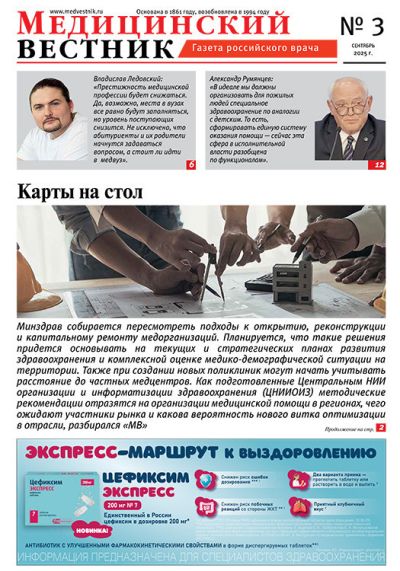Урология №5 / 2024
Влияние центральной системы доставки диализирующего раствора с использованием диализатора с высоким потоком и стандартных аппаратов для водоподготовки на эндотоксемию и уровень воспалительных маркеров у пациентов, получающих гемодиализ
Кафедра нефрологии, медицинский факультет, университет Айн-Шамс, Каир, Египет
Introduction. Chronic kidney disease (CKD) is a significant independent risk factor for morbidity and mortality [1]. Inflammation is the main cause of morbidity because it promotes the development of insulin resistance, oxidative stress, endothelial dysfunction, atherosclerosis, arterial calcification, and osteodystrophy in chronic kidney disease (CKD) [2]. Inflammation can be assessed by S-albumin, C-reactive protein (CRP), and white blood cell count [3]. Endotoxin levels, pentraxin-3, fibrinogen, IL-6, and CD14 [4].
The management of the patient’s cardiometabolic syndrome and renal function depends on the gut flora. The relationship between the kidneys and gut microbiota, or the gut-kidney axis, becomes increasingly significant when chronic kidney disease (CKD) symptoms are present [5].
Most of the proteins and lipopolysaccharide that make up the outer wall of Gram-negative bacteria are called endotoxins. HD-induced systemic circulatory stress and persistent localised ischemia may lead to increased endotoxin translocation from the stomach. The resulting endotoxemia is also associated with increased mortality, cardiac damage, malnourishment, and systemic inflammation [6].
The dialysis fluid delivery systems that are now available are the single-patient dialysis fluid delivery system (SPDDS), sometimes referred to as the individual dialysis fluid delivery system, central concentrates delivery systems (CCDS), and central dialysis fluid delivery system (CDDS) [7].
CDDS simplifies the necessary upkeep and supervision by allowing the cooperative management of dialysis fluid for several people, the creation of cleaning and antiseptic solutions, and the distribution of these to each patient monitor. One advantage of the CDDS is that it is frequently less expensive. When the medical staff installs the system completely, maintenance is simple and needs minimal work. The fact that several patients may be impacted simultaneously by a central proportioning unit malfunction means that dialysis must be stopped at the patient station. This is one disadvantage, though. Furthermore, central systems do not allow for the customisation of the composition of the dialysis fluid to meet the unique needs of each patient.
In addition, there is always a risk of contamination while utilising the long dialysis pipes, and all patients are vulnerable to equipment failure [8].
To ensure a steady supply of ultrapure dialysis fluid, endotoxin retentive filters (ETRFs) are usually installed in the dialysis bedside console of CDDSs immediately before the dialyzer. This is in compliance with the 2011 Japanese Society for Dialysis Therapy «Standard on Microbiological Management of Fluids for Hemodialysis and Related Therapies.» The viable bacterial count in dialysis water should be less than 100 colony forming units (CFU)/mL. Likewise, the live bacterial count of an endotoxin (ET) must be less than 0.050 EU/mL.
These are the biological contaminants water quality standards.c. dialysis fluid that is ultrapure, with viable bacteria <0.1 CFU/mL and ET <0.001 EU/mL (below the detection limit) [9]. Less than 0.050 EU/mL is the ET.
This study compared the effects of a single patient dialysis fluid delivery system (SPDDS) against a continuous dialysis fluid delivery system (CDDS) on inflammatory markers and endotoxemia in a large population of patients receiving routine hemodialysis (HD) at Ain Shams University.
Material and Methods:
Patients
Eighty common HD patients, aged 18 to 60, were included in this cross-sectional study, which was carried out at Ain Shams University hospitals, which include Al Demerdash and Ain Shams University Specialised Hospital. The research excluded patients with acute infections, individuals with chronic liver illness, patients with central lines (permanent or temporary), and patients with cancer, as well as patients with end-stage renal disease (ESRD). Patients were divided into two groups based on random selection using a randomization table created by a computer software programme between March 2021 and June 2022. Group I consisted of 40 patients who were on maintenance HD and used the CDDS water purification system, which was implemented at Al Demerdash Hospital in Cairo, Egypt, two years prior.
40 Patients (Group II): Ain Shams University Specialised Hospital, Cairo, Egypt; maintenance HD utilising SPDDS. Age (years), sex, dry weight (kg), height (cm), body mass index (BMI; kg/m2), duration of HD (years), aetiology of ESRD, and co-morbidities were among the clinical data that were documented.
Study design
Every patient was receiving prevalent hemodialysis; each four-hour session used a high flux dialyzer (Platinum H, 1.8 m2, steam sterilisation (ALLMED)) with a blood flow rate of 300 ml/min and a dialysate flow rate of 500 ml/min, an ultrafi...
0.1>
